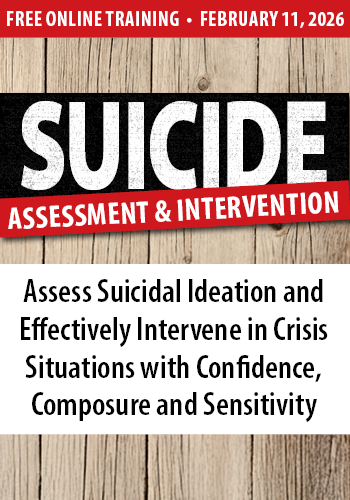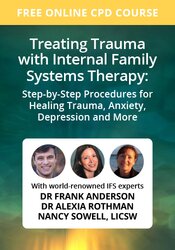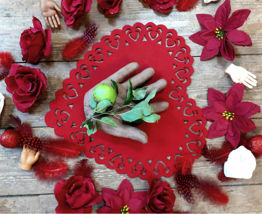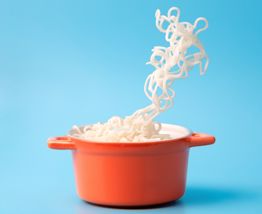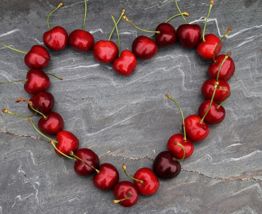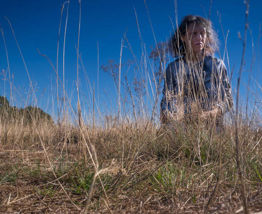Enrol in an online course today for flexible, self-paced learning—no fixed schedule required. Plus, enjoy lifetime access to course materials for convenient revisiting.
Kitchen Therapy: Working with Addiction
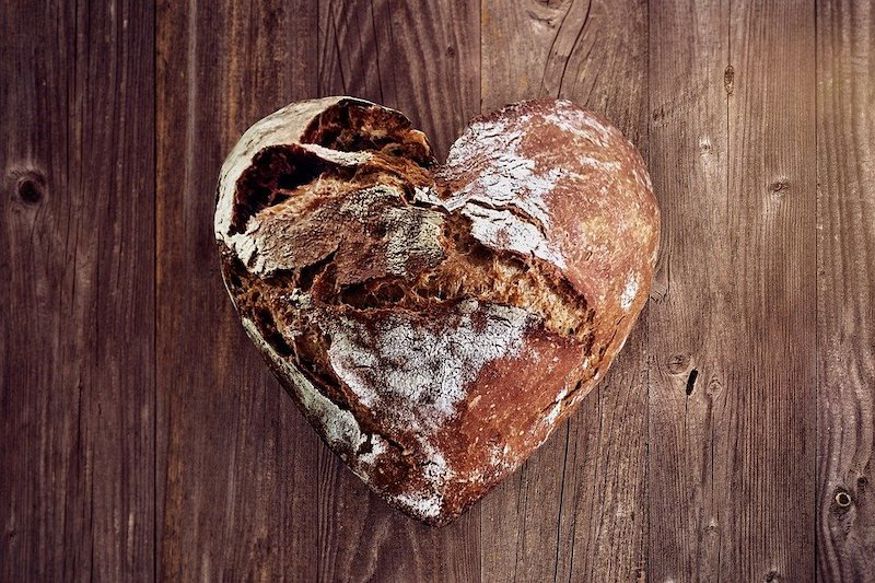
In previous blogs about my Kitchen Therapy practice, I have introduced it as an Attachment-based approach, focusing on our life-long need to find food and love in one complete system of care. Here, I want to delve into the origins of Kitchen Therapy in working with addiction, wherein our relationship with food has become objectified. Nature’s intention – for a meal to ‘fire and wire together’ the gut-heart-brain matrix – is hijacked by the addicted mind. As a consequence, neurological links are not made between food, love and learning.
A recipe of personal and professional experience has fed into this approach to working with addiction, which seeks to reinstate enduring love, as opposed to ephemeral food, as the primary source of sustenance.
The addicted mind is looking for a controllable ‘object of transformation’ (Bollas) that will obviate the need for intimacy, with all its frustrations and confusions. The on-going cuisine of relational care is supplanted by an ‘on demand’ fuel-fix. This leaves the addict with a void where the nutrition of attention should have been, and in futile search of more of what they don’t need, trapped in a narcissistic phantasy of self-reliance.
Hence, Kitchen Therapy operates as a multi-layered relational approach to feeding ourselves,as a glimpse of my work with client S illustrates.
Cooking together to ‘fill the hole in the soul’
S is a 20-year-old client who is trapped in a cycle of compulsive eating and severe dieting – a cycle that both rebels against, and repeats, paternal controls. S is furious with herself for gaining weight, full of body hatred and shame, which of course drives the cycle of auto-comfort eating. She describes herself as ‘being bad’, grabbing ‘rubbish chocolate’ for a moment’s pleasure, which is then followed by hours of crippling recrimination. There’s no such thing as a free lunch. We invite her good, bad and ugly parts round the table for a kitchen session.
We decide to make energy truffles together. This raw chocolate treat can be stored away for a quick grab snack, but now involves her creative attention, her understanding of what ingredients are in there and why. They give wonderful nutrition, engaging her whole self in the making, activating the gut-heart-brain axis.
There is a careful recipe of guidance, support and responsibility in this session. I bring the ingredients, but S chooses which, and how much, to include. We discuss elements of the recipe, such as soaking seeds to release their vitality ready to be absorbed by our bodies. There is an implicit metaphor for how Kitchen Therapy operates in addiction work here. The aim is to activate the drive to life, relieving the early defence mechanisms of our addict’s mind of their duty, as water softens the seeds’ protective membrane in preparation for growth.
By enabling and encouraging clients to cook with me (and/or at home), I am ultimately seeking to fill the ‘hole in the soul’ so many of our addicted clients speak of. This intervention references the 12 Step recovery approach in that it:
- Creates and enlivens inner and outer world connections, breaking the cycle of shame and isolation.
- Develops a sense of personal agency in the process of recovery.
- Brings our most buried, awful feelings out onto the shared table, where they become helpful, bringing us into conscious awareness.
- Welcomes our mess and mistakes as key ingredients to help our understanding and potential for collaborative change.
- Introjects a constructive, compassionate, congruent parent voice that is a ‘good enough mother’, sustaining emotional, spiritual and physical growth.
- Leads from the gut. Addiction is a disorder that lives in the mind, which is person and species specific. Kitchen Therapy engages the gut, the digestive brain that we share with every other living thing, enabling a sense of interconnection with nature, and belonging.
Kitchen Therapy offers a recall of our earliest attachment experiences, where we can reorganise and reorientate thought patterns towards a drive for life – which has become distorted in the ‘slow suicide’ of the addicted mind. Harrowing scenes of Harlow’s monkeys, dashing between a wire milk receptacle and a soft hug, describe the impossibility of choosing between food and love. In the end, the despairing infant monkey chooses the soft hug, knowing they cannot survive without on-going connection.
It is our endeavour to connect to ourselves, and thereby one another and the world around us, that Kitchen Therapy takes as its founding principle of action. The sustenance of shared connection is not over when the ‘meal’ is consumed. Rather, it continues to grow, powering our soul for its developmental path, as Nature intended.



